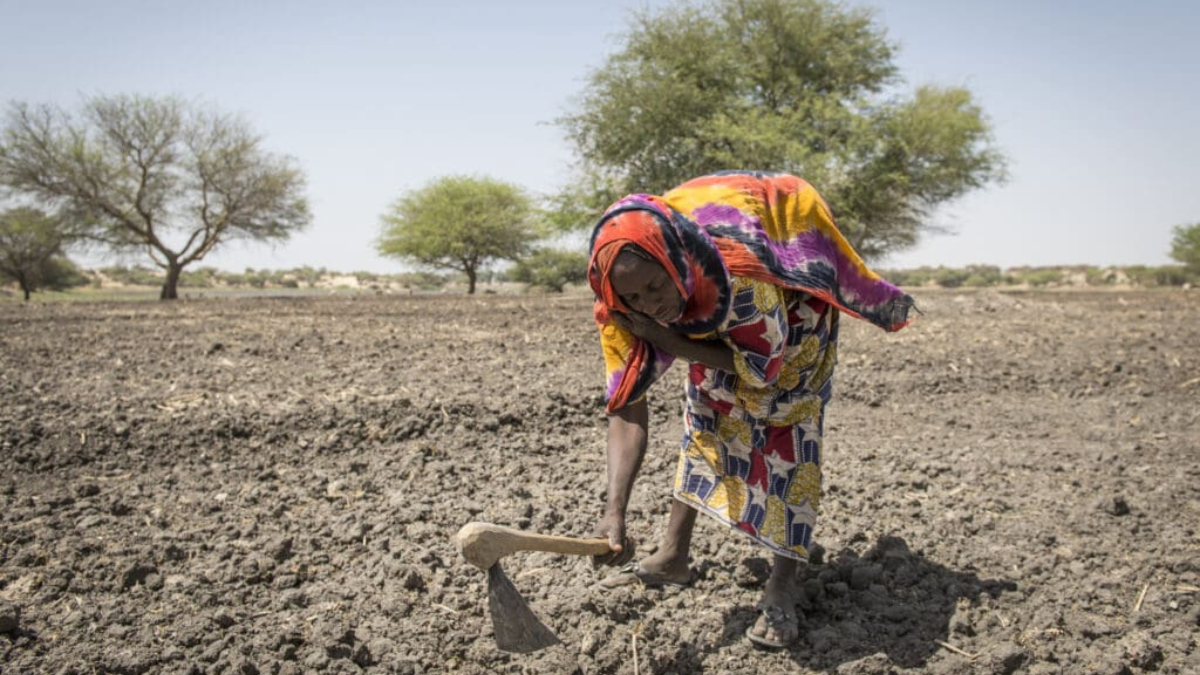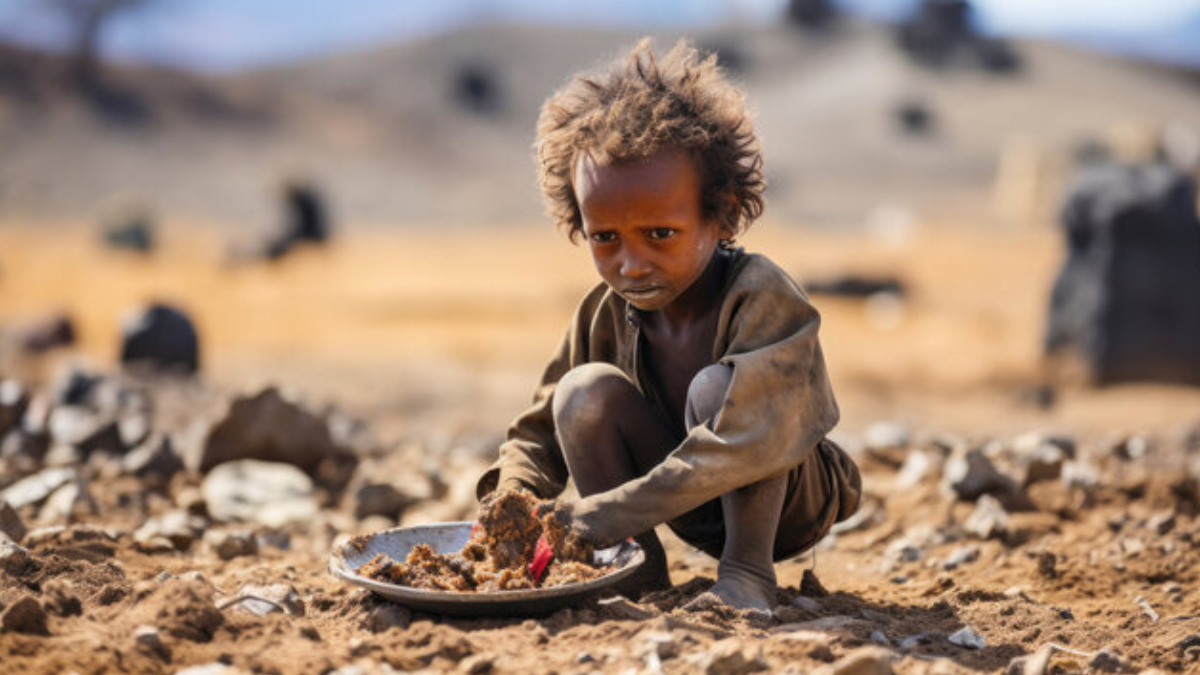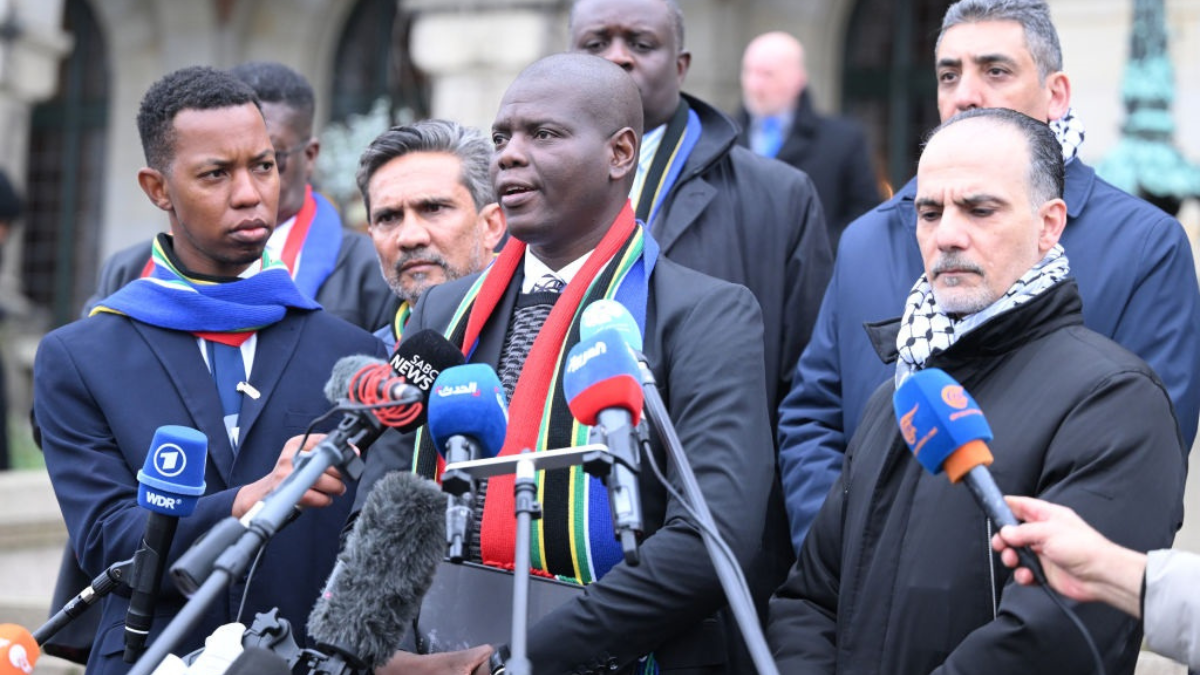As Southern Africa enters its traditional dry winter season, the region is experiencing unprecedented drought conditions, with rainfall far below average since January 2024. This situation has sparked widespread concern among international and local stakeholders, as countries such as Botswana, Mozambique, Angola, Malawi, Zimbabwe and Zambia grapple with severe water shortages and the socio-economic challenges that follow.
According to a report by the United Nations Office for the Coordination of Humanitarian Affairs, the region experienced the driest January and February period in 40 years, with rainfall of less than 20% of normal rainfall. This worrying figure has put tremendous pressure on agriculture, which is heavily dependent on rainfall due to a lack of irrigation infrastructure.
Oxfam Southern Africa Programme Director, Machinda Marongwe, has described the situation as a “crisis” and called for urgent donor support to avert a potential humanitarian disaster. “With all these countries facing multiple crises at once, the urgency cannot be underestimated,” Marongwe said, highlighting the dire need for resources to prevent widespread suffering.
Identified by Oxfam as a “climate disaster hotspot,” the region is seeing the harsh effects of the El Niño climate pattern, which typically brings higher temperatures and less rainfall. This has led to drier soil conditions, which ultimately increases the risk of flooding when the rains do arrive. Explaining the broader context, Professor Jasper Knight from Wits University said the current El Niño oscillation is creating significant variability in rainfall across southern Africa. He explained that while some regions are experiencing drought, others, such as southern Lesotho, have long been threatened by water shortages.
Compounding the agricultural challenges are outbreaks of waterborne diseases such as cholera, which are exacerbated by a lack of clean water. The Food, Agriculture and Natural Resources Policy Analysis Network (FANRPAN) warns that the crisis is growing, with crop failures threatening food security in Malawi, Zambia and Zimbabwe. Additionally, water and vegetation shortages are increasing livestock mortality, making food supplies even more unstable.
Governments across the region are responding urgently to the crisis. Zambia declared a drought disaster on 29 February, and Malawi followed suit on 23 March, marking the fourth consecutive year the country has faced such conditions. The World Food Programme has noted that El Niño is worsening the effects of the climate crisis in Malawi, and Zimbabwe has also declared a state of emergency, with President Emmerson Mnangagwa warning that more than 2.7 million people are facing food insecurity, requiring more than US$2 billion in aid.
Joe Glauber, a senior research fellow at the International Food Policy Research Institute (IFPRI), offered a silver lining, saying this year’s drought comes after good harvests in 2022 and 2023, leaving large stocks of maize. He suggested that while the current situation is dire, the expected onset of La Niña could bring much-needed rainfall later in the year, potentially mitigating the effects of the drought.
IFPRI also highlighted in a recent blog that existing maize stocks could help mitigate the effects of the drought. However, the region will require external supplies to meet consumption needs, as domestic stocks are depleted and exports are reduced, especially outside of southern Africa.
As the region faces continued hardship, the response of the international community will be crucial in preventing a deeper crisis. Hope remains that the coming rains will alleviate the situation, making recovery and reconstruction possible. However, our focus right now must be on providing immediate relief and support to the affected populations, to ensure that this climate-induced disaster does not lead to long-term devastation.


